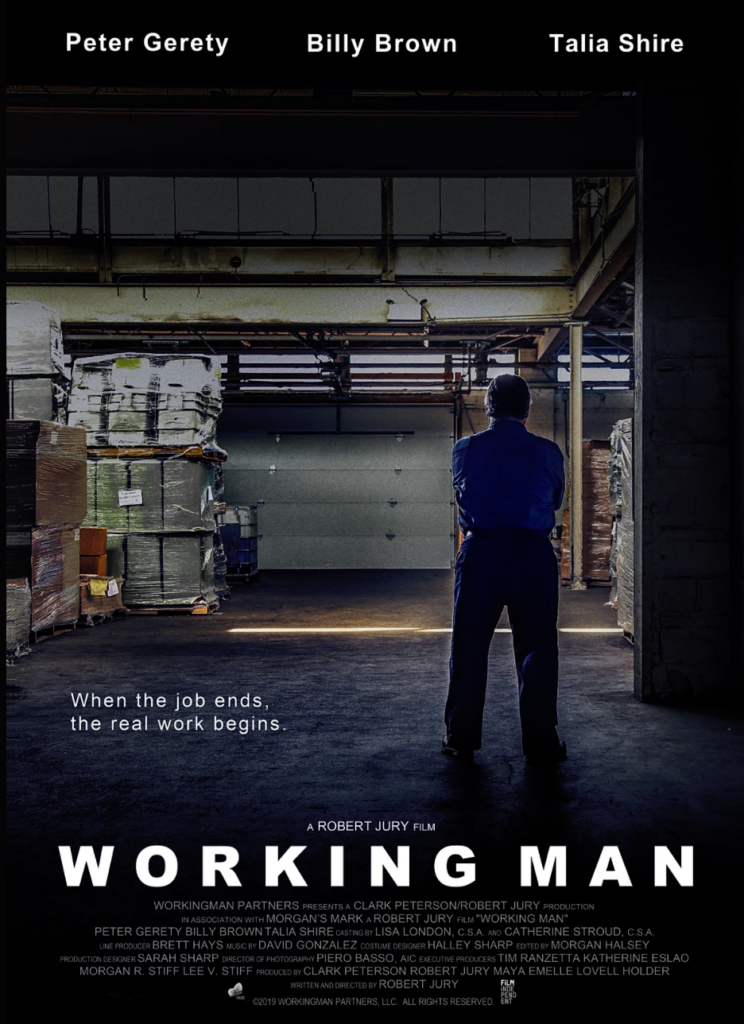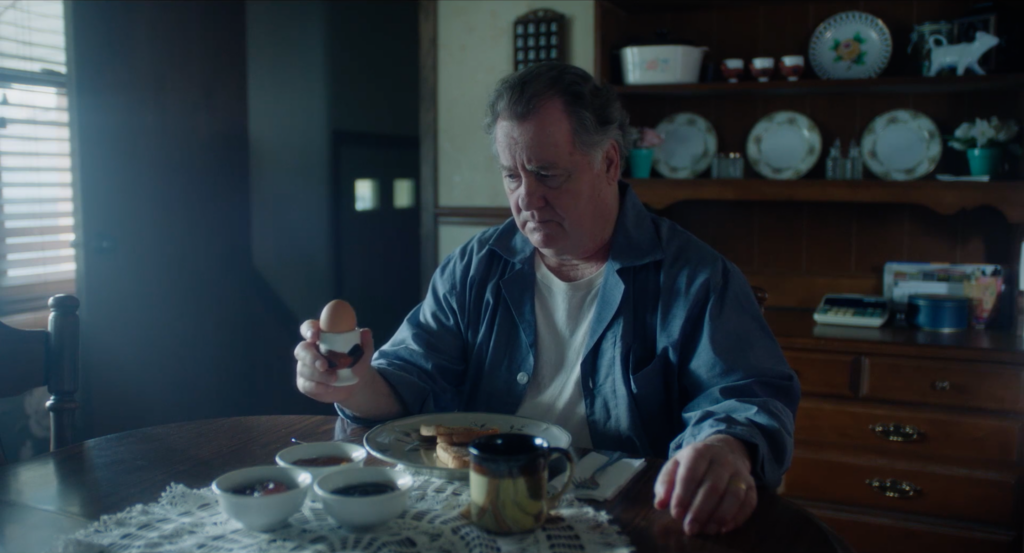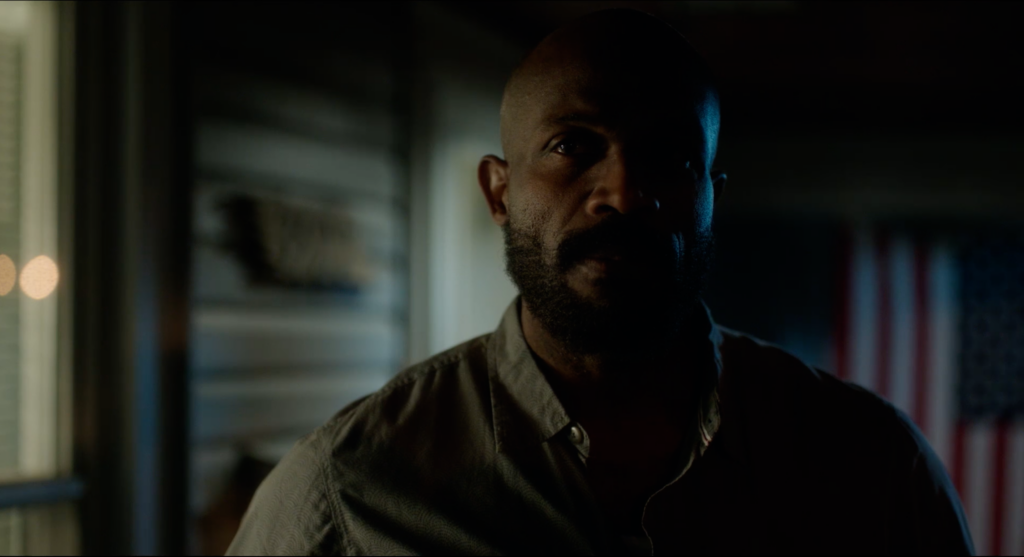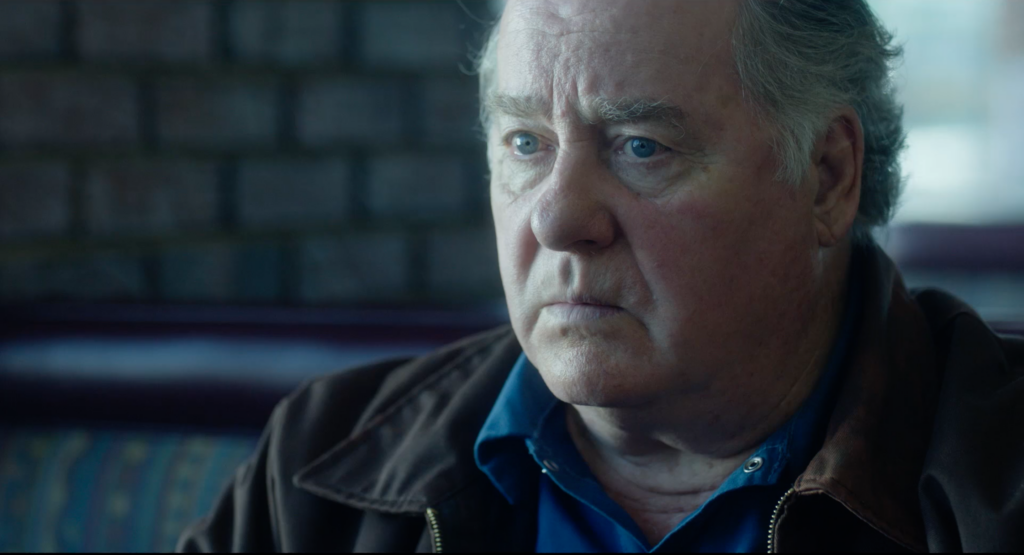Like many films slated for a 2020 release, the low-budget indie film, Working Man, had to cancel its theatrical release due to the COVID-19 outbreak. The film then opted to be released on streaming platforms like Apple TV, Amazon Prime Video, Google Play, Vudu and Fandango Now. NYFA instructor and Cinematography Chair, Piero Basso, spoke with NYFA about his work as the Director of Photography (DP) and how Working Man is the film many need right now.
Working Man centers around factory worker Allery Parker who, after many years in the workforce, finds himself out of a job and attempts to cope with his newfound unemployment. Eventually Parker’s existence takes a turn as he leads his former co-workers in a secret crusade to pressure their bosses to reopen their former work facility. For the first time, Parker feels like the man in charge. However, when truths are revealed, Parker must confront the loss and pain he’s been working so hard to avoid.

Piero Basso’s work as a DP on Working Man was hailed by Hollywood Reporter, saying the “sense of place is well captured by cinematographer Piero Basso.” Basso first got involved in the project after connecting with Tara Tovarek, a producer Basso worked with when shooting the National Geographic series American Genius. “She [Tovarek] felt I had the right personal approach [for the production] considering this was the director’s first feature film and he [Director Rober Jury] needed not only the proper technical support, but someone to confront his vision without being overwhelmed by the experience.”
Basso explains that he was also interested to work on the project because it reminded him of personal struggles that he has experienced growing up in Turin, Italy. “It was the center of the industry manufacturing for companies like FIAT, and it has seen a steady and painful decline over the years.” Basso shares. “I have always been fascinated by factories and industrial buildings, as well as the manual work. Visually, it has always intrigued me because of the metal, the reflections, the coldness of the structures, often mixed with the warmth of the work (fire, furnaces, machine executing tasks).”

For Basso, Working Man, at its core, is a humane story grounded in reality that is “able to focus on the main character’s emotions in a non superficial way.”
For cinematographers, it is a common trait for DPs to leave their personal artistic mark on a project. For Basso, he leaves his mark in a different way. “I personally find it more interesting if my mark is achieved without bringing a special attention to the cinematography, but instead allowing it to disappear in a full integration in the narrative storytelling.”
While working alongside the director and screenwriter for Working Man [Robert Jury], Basso had several sessions with Jury to discuss the visual concept of the film. “We both felt that this film needed to be approached with a very strong agreement between us on how we wanted to portray the film.”

Due to the quick 20 day shoot, Basso recalls, “I approached every scene with a sense of urgency to deliver as much as possible space to the actor/director team to bring their characters to life.” Basso also shared that the film was shot on Arri Alexa using Master Prime lenses, a luxury in many cases for mid/low budget films like Working Man.”This allowed us to shoot with a much smaller lighting set up than traditional films.”
Like many filmmakers, some shoots don’t always go as expected. Basso recalls that portraying the small town of Joliet, IL, while actually shooting in Chicago, IL, made it tough to find locations as the production needed to convey a sense of community that felt realistic to show a sense of community.
This sense of community was essential in “showing the powerful capacity of different people to rally together and become, out of many, one entity and how the strength of the group is much stronger than each other’s weakness.”

Basso also notes that the project and sense of place needed to feel authentic. “I loved to see the wrinkles, the imperfections in the skin, and the bodies and ethnicities reflecting a true average of society instead of the Hollywood version of it.”
At a time when many around the world are out of a job and America has reached an unemployment level that rivals the Great Depression, Working Man has been released as a poignant time. “Now, with COVID-19 and millions of people losing jobs and the entire society completely shaken up, Working Man is more relevant than ever,” says Basso. “As a character says in the movie ‘a person needs a job to survive, but you need work to feel like you are worth something,’ and I believe today this is a feeling many people can share.
New York Film Academy would like to congratulate NYFA instructor and Chair of Cinematography, Piero Basso, on his latest cinematography achievement and encourages everyone to check out Working Man, now available to view on demand.
